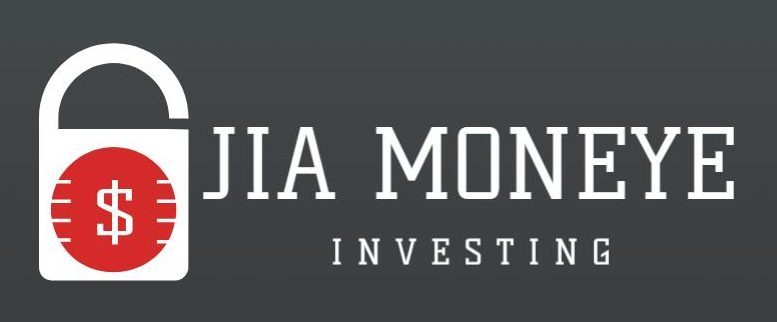
Banking Fees Explained: How to Avoid Hidden Charges
Understanding Banking Fees: Strategies to Dodge Hidden Charges
Banking is an essential part of our daily lives. We rely on banks to safeguard our money, facilitate transactions, and provide us with financial services. However, banking is not always free. Banks often charge fees for their services, some of which are not always clearly explained or understood by customers. This article aims to demystify banking fees and provide strategies to avoid hidden charges.
Firstly, it’s important to understand that banks are businesses. They provide services and, like any other business, they charge for these services. These charges come in the form of banking fees. Some of these fees are straightforward and expected, such as monthly account maintenance fees or ATM withdrawal fees. However, some fees are less obvious and can catch customers off guard. These are often referred to as hidden charges.
Hidden charges can include fees for overdrafts, returned checks, account inactivity, paper statements, and even customer service calls. These fees can add up quickly and significantly impact your overall banking costs. Therefore, it’s crucial to understand these fees and how to avoid them.
One of the most common hidden charges is the overdraft fee. This is a fee that your bank charges when you spend more money than you have in your account. To avoid this fee, keep a close eye on your account balance and consider setting up balance alerts. Some banks also offer overdraft protection services, which can help you avoid these fees.
Another common hidden charge is the returned check fee. This is a fee that your bank charges when a check you’ve written is returned due to insufficient funds in your account. To avoid this fee, make sure you have enough money in your account to cover any checks you write.
Account inactivity fees are another type of hidden charge. These are fees that your bank charges if you don’t use your account for a certain period of time. To avoid this fee, make sure to use your account regularly. Even a small transaction like a debit card purchase or an ATM withdrawal can keep your account active.
Paper statement fees are charges that your bank may apply if you choose to receive your account statements by mail instead of electronically. To avoid this fee, consider switching to electronic statements. Not only will this save you money, but it’s also more environmentally friendly.
Lastly, some banks charge fees for customer service calls. These are fees that your bank charges when you call their customer service line for help. To avoid this fee, consider using your bank’s online or mobile banking services. These platforms often provide answers to common questions and allow you to manage your account without needing to call customer service.
In conclusion, while banking fees are a reality of using a bank, understanding these fees and knowing how to avoid them can save you a significant amount of money. Always read the fine print of your bank’s fee schedule and don’t hesitate to ask questions if something is unclear. Remember, it’s your money, and you have the right to understand where it’s going.
Secured vs. Unsecured Loans: A Comprehensive Guide to Their Pros and Cons
Banking fees can often seem like a labyrinth of confusion, with hidden charges lurking around every corner. One area where this is particularly true is in the realm of loans. Whether you’re looking to buy a house, start a business, or simply need some extra cash, understanding the difference between secured and unsecured loans can help you avoid unnecessary costs.
Secured loans are those that require collateral, such as a house or car. This means that if you fail to repay the loan, the lender has the right to seize the collateral to recoup their losses. On the other hand, unsecured loans do not require collateral. Instead, they are based on your creditworthiness. If you default on an unsecured loan, the lender can’t automatically take your property, but they can take other actions like suing you or hiring a collection agency.
Now, let’s delve into the pros and cons of each type of loan. Starting with secured loans, one of the biggest advantages is that they typically come with lower interest rates. This is because the lender has a form of security (your collateral), which makes the loan less risky for them. Additionally, secured loans often have higher borrowing limits and longer repayment terms, making them a good option for larger expenses.
However, the downside of secured loans is the risk they pose to the borrower. If you default on the loan, you could lose your collateral. This could mean losing your home in the case of a mortgage, or your car in the case of an auto loan. Therefore, it’s crucial to be confident in your ability to repay the loan before putting your assets on the line.
On the flip side, unsecured loans pose less risk to the borrower, as they don’t require collateral. This can be a relief if you’re uncomfortable with the idea of risking your property. Unsecured loans also typically have a faster approval process, as there’s no need to evaluate the worth of your assets.
However, unsecured loans aren’t without their drawbacks. Because they’re riskier for lenders, they usually come with higher interest rates. They also often have lower borrowing limits and shorter repayment terms. Plus, if you have a low credit score, you may have a harder time getting approved for an unsecured loan.
In conclusion, both secured and unsecured loans have their own sets of pros and cons. The best choice for you will depend on your individual circumstances, including your credit score, the amount you need to borrow, and your comfort level with risking your assets.
Remember, understanding the ins and outs of banking fees and loan types can help you make informed decisions and avoid hidden charges. So, take the time to do your research and consider seeking advice from a financial advisor if you’re unsure. After all, knowledge is power when it comes to navigating the world of banking and loans.


